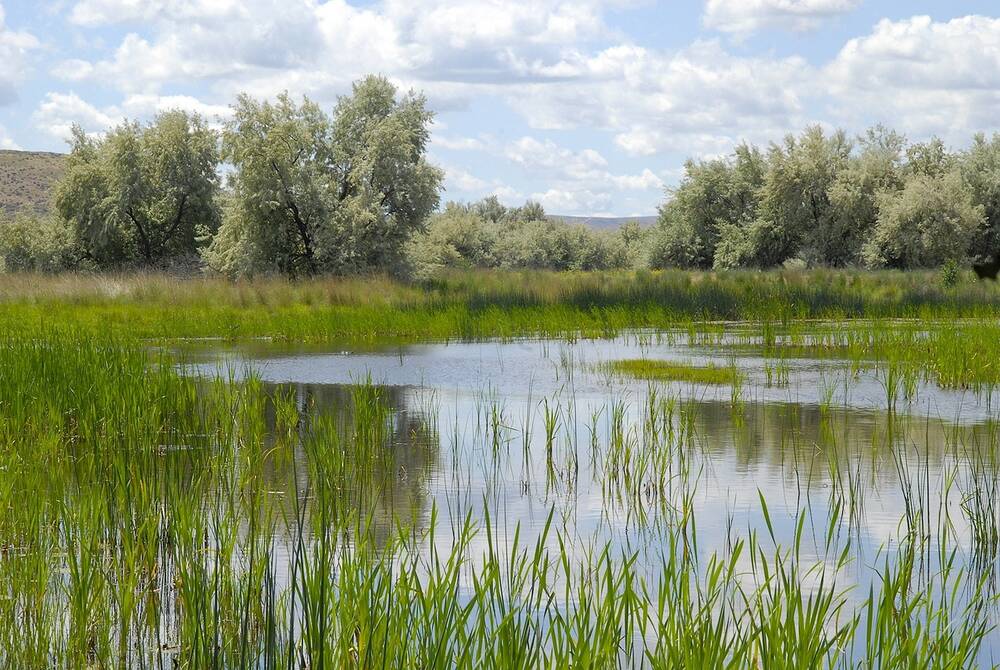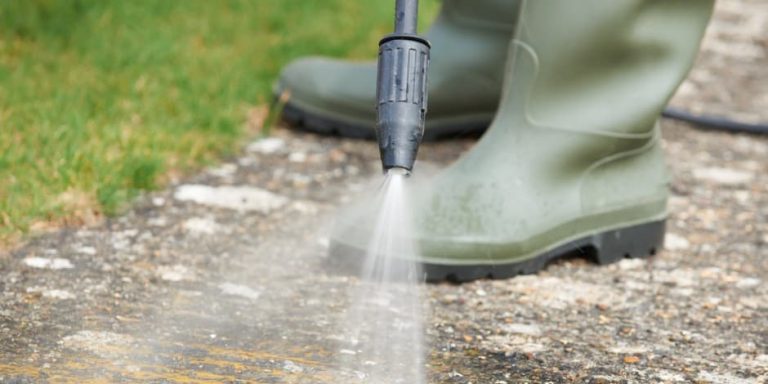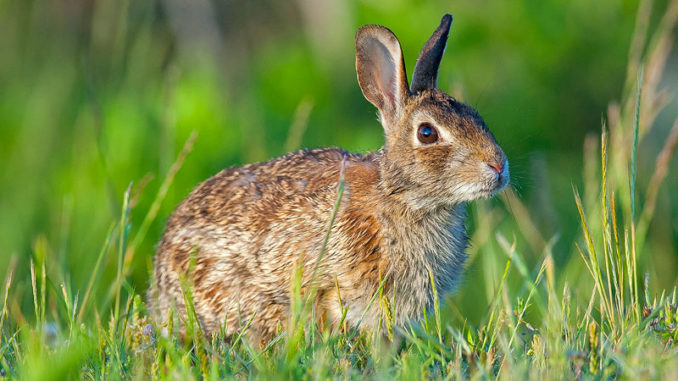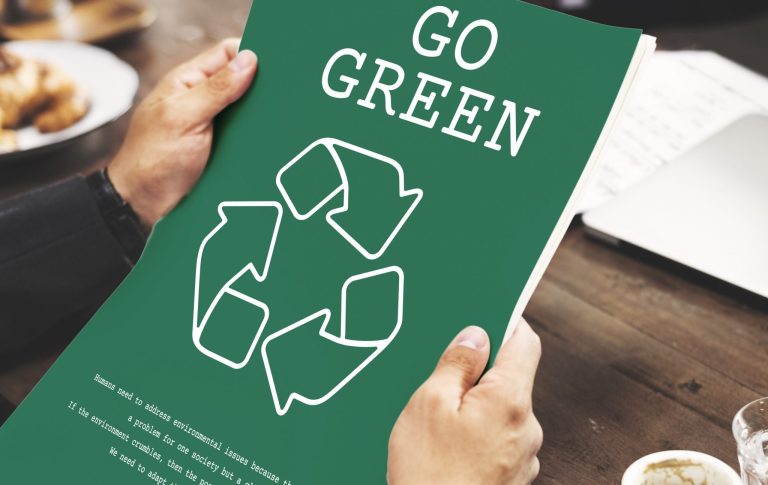
Pressure washing is a powerful tool for cleaning homes, sidewalks, buildings, and heavy equipment—but when done carelessly, the consequences can ripple far beyond your driveway. One of the most overlooked impacts of power washing is how it contributes to pollution in nearby water bodies—from local creeks and ponds to rivers, lakes, and even delicate wetlands.
In this article, we’ll explore how power washing runoff makes its way into aquatic ecosystems, what kinds of pollutants it carries, and what you can do to reduce harm to fish, amphibians, plants, and drinking water sources. 🐸🌾
🚿 What Happens After You Power Wash?
It’s easy to focus on the surface being cleaned. What we often forget is where the wastewater goes.
In most cases, runoff from power washing flows:
- Down the driveway
- Into the street
- Into a storm drain
- Directly into nearby bodies of water
Unlike indoor wastewater, this outdoor runoff doesn’t pass through a treatment plant. Stormwater systems are not filtered. That means everything you wash off—including dirt, oil, soap, grease, paint chips, and mold—may eventually reach:
- Local rivers
- Lakes and reservoirs
- Wetlands and marshes
- Coastal estuaries
🌊 This runoff can travel miles before settling, affecting communities and ecosystems far beyond your own property.
🧪 What’s in the Runoff?
Power washing doesn’t just remove visible grime. It can carry a host of harmful materials into the environment:
1. Detergents and Chemicals
Even biodegradable soaps can become pollutants when they:
- Disrupt the pH balance of water
- Reduce oxygen levels (hurting fish)
- Kill beneficial bacteria and aquatic insects
Harsher cleaners, like bleach-based products, degreasers, and acid washes, are even worse—toxic to nearly all aquatic life.
2. Oils and Grease
Cleaning driveways, garages, and restaurant patios often releases petroleum residues into the water. These chemicals:
- Coat the surface of water bodies
- Block oxygen transfer
- Harm fish gills and amphibian skin
- Bioaccumulate in the food chain 🛢️🐟
3. Sediment and Debris
Power washing concrete or wood often dislodges:
- Sand
- Dirt
- Paint flakes
- Construction dust
- Rust or metal fragments
Sediment may seem natural, but too much in a short period causes:
- Murky water (reducing sunlight)
- Suffocation of fish eggs
- Clogging of aquatic invertebrates’ feeding structures
- Damage to coral reefs and shellfish beds (in saltwater systems)
4. Nutrients (Nitrogen and Phosphorus)
Some detergents and organic materials washed away contain nutrients. When these enter waterways, they trigger:
- Algae blooms
- Oxygen depletion
- Fish kills
- “Dead zones” in lakes and coastal waters
💀 A process called eutrophication can wipe out entire ecosystems.
🐢 The Impact on Wildlife and Wetlands
🐠 Fish
Many fish species are extremely sensitive to changes in water chemistry and oxygen levels. Even low concentrations of cleaning agents can:
- Disrupt breeding
- Damage gills
- Alter migration patterns
- Cause death in eggs and juveniles
🐸 Amphibians
Frogs, salamanders, and toads absorb water directly through their skin. Chemicals in runoff can cause:
- Skin burns
- Hormonal disruption
- Birth defects or mortality
They’re considered ecological indicators, meaning if amphibians die off, something is seriously wrong with the environment. 🧪🐸
🦢 Birds and Waterfowl
Runoff that causes algal blooms or kills fish removes a critical food source for many birds. Birds that feed in contaminated wetlands may ingest toxins indirectly.
🌾 Plants and Wetlands
Wetlands are natural filters—but they can be overwhelmed by pollution. When power washing runoff floods into a wetland:
- Plant roots absorb toxins
- Soil chemistry changes
- Native plants die off, allowing invasive species to thrive
This destroys habitat for animals and reduces the wetland’s ability to filter water for nearby communities.
⚖️ Legal and Regulatory Risks
Many cities and states have regulations prohibiting the discharge of wash water into storm drains. Violations can result in:
- Fines
- Business shutdowns
- Permit delays
- Negative public reputation
Businesses especially must follow BMPs (Best Management Practices) for environmental safety.
🛑 Ignorance of these laws doesn’t exempt you from penalties.
✅ How to Protect Aquatic Ecosystems While Cleaning
1. Redirect Runoff
Use berms, dikes, or containment mats to redirect water:
- Into landscaped areas
- Through soil for filtration
- Away from storm drains
Never allow runoff to flow freely into gutters or stormwater systems.
2. Use Eco-Safe Products
Choose soaps and degreasers that are:
- Phosphate-free
- Biodegradable
- Non-toxic to aquatic life
- EPA Safer Choice–certified
And remember: less is more—even natural soaps can harm waterways if overused.
Browse Amazon Here For Eco-Friendly Pressure Washing Detergents
3. Capture and Reuse Water
Consider a reclaim system that collects and filters wastewater for reuse. These systems are ideal for commercial pressure washers.
4. Avoid Washing Near Water
Never power wash:
- Boat docks
- Piers
- Shorelines
- Bridges over water
Instead, use gentle scrubbing or cleaning in containment to prevent runoff.
5. Time Your Washing Wisely
Avoid washing:
- Right before rain
- During storm alerts
- Near flood-prone zones
This gives the land more time to absorb or filter runoff.
🧠 Final Thoughts
Power washing seems like a surface-level task—but its impact can be deep and lasting, especially when it affects the precious lakes, rivers, and wetlands that sustain our ecosystems.
Whether you’re a contractor or homeowner, the choices you make during a 30-minute cleaning job can determine whether you’re contributing to clean water—or contamination. By adopting eco-friendly practices and being aware of your runoff, you can keep your surroundings spotless without dirtying the planet. 💧🌍
Browse Amazon Here For Top Rated Power Washers And Accessories






